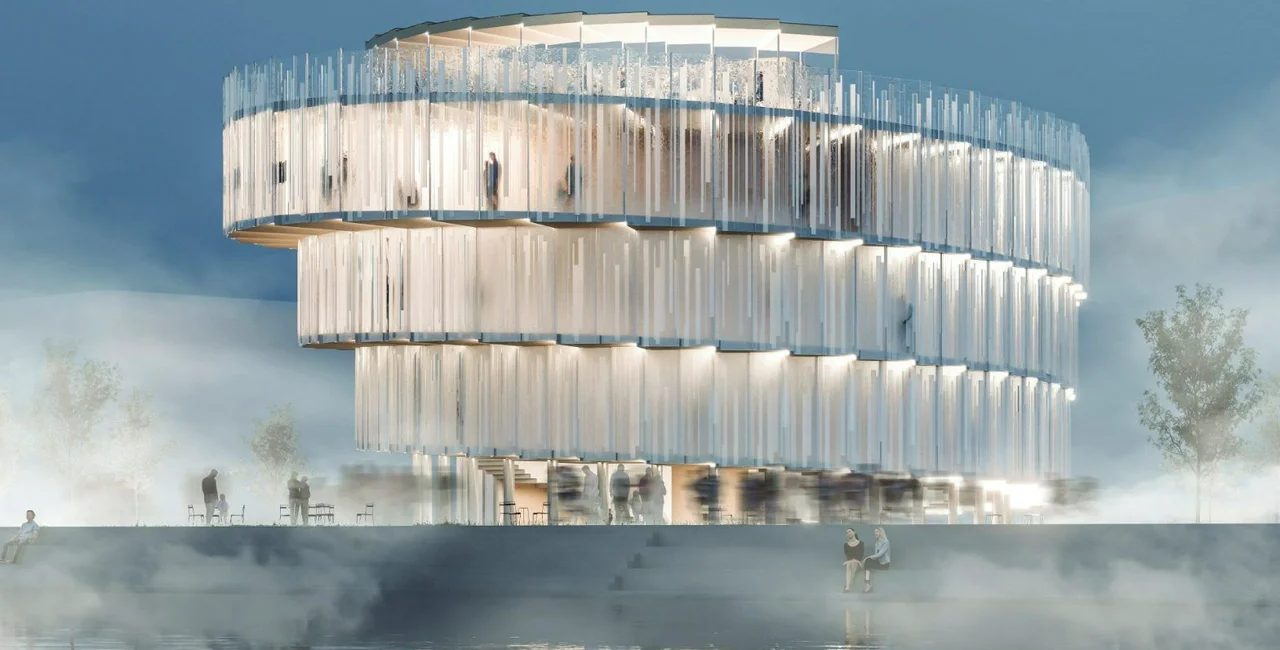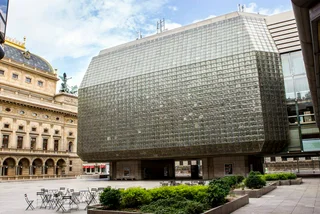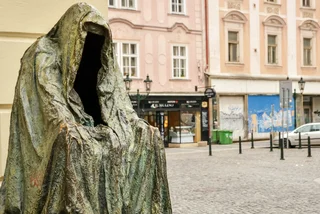Czechia recently announced the look for its pavilion at Expo 2025, to be held in Osaka, Japan. The winning design is a glass helix by Apropos Architects, which set out to invoke the country’s history using glass as an artistic medium.
The winning architects have signed a contract and are now making the project documentation. About 11 million people are expected to visit the pavilion once it opens. The expo will take place between April and October 2025, with "Designing Future Society for Our Lives" as the main motto.
Czechia and Czechoslovakia have participated in previous expos and world's fairs. We look back at some of the most successful buildings from the past.
Exposition Internationale, Paris, 1937
The pavilion for Czechoslovakia was located right at the base of the Eiffel Tower, next to Sweden's exhibition. The Exposition Internationale des Arts et Techniques dans la Vie Moderne in Paris ran for six months in 1937 and had over 31 million visitors.
The Czechoslovak pavilion, while small, is now considered to have been ahead of its time for its high-tech style using steel and glass. The whole building could light up at night, which was a novelty at the time.
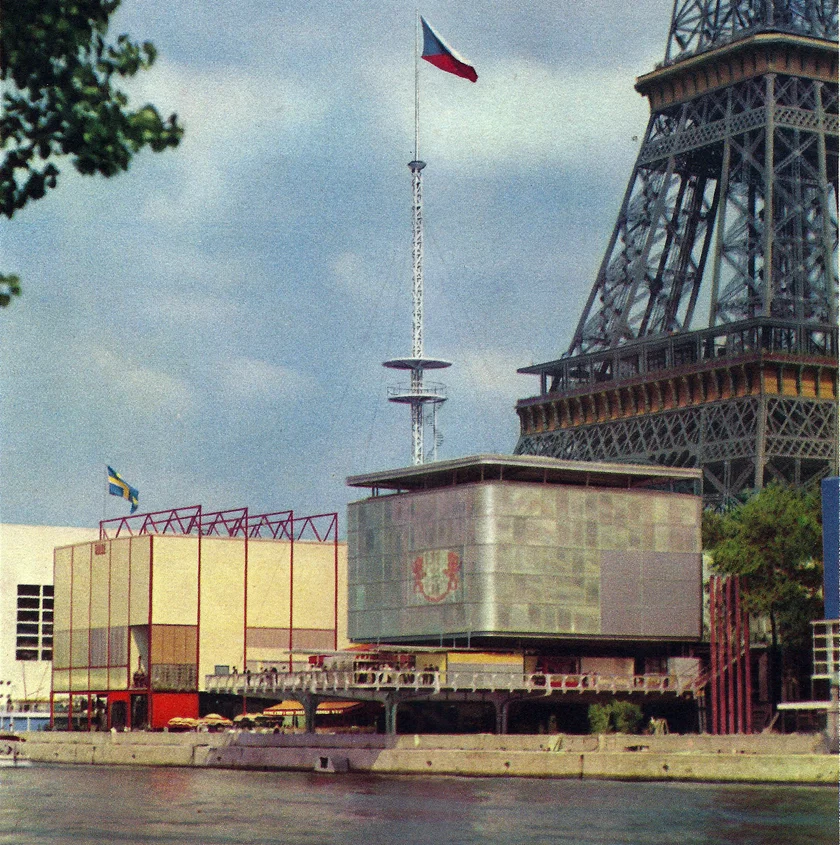
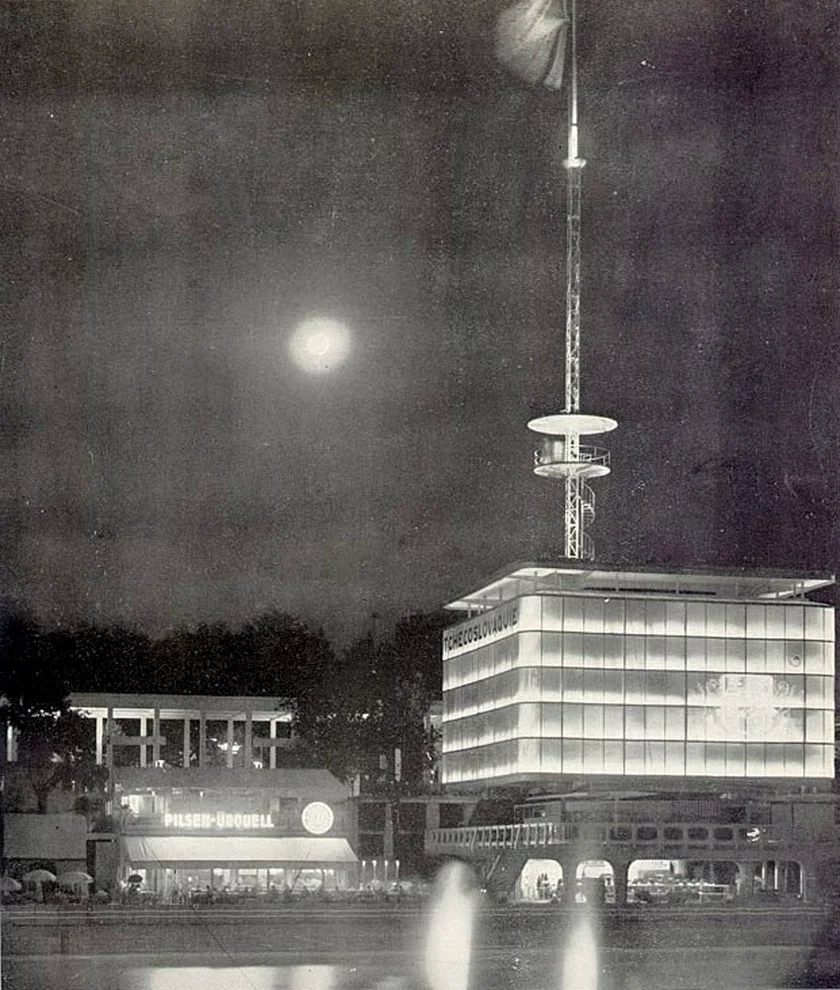
New York World's Fair, 1939
While the World's Fair ran in both 1939 and 1940, the pavilion for Czecho-Slovakia, as it was called at the time, was only open in the first year. Czechoslovakia was invaded by Germany just weeks before the fair opened, and the pavilion was left unfinished.
The focus was more nationalistic than usual, with politicians from the Czechoslovak government in exile visiting. The exhibits and staff had been sent before the invasion. Rather than return, many of the staff members asked for asylum in the U.S. A Czech restaurant called Old Prague was quite popular, and the menu can be found in the New York Public Library's digital collection.
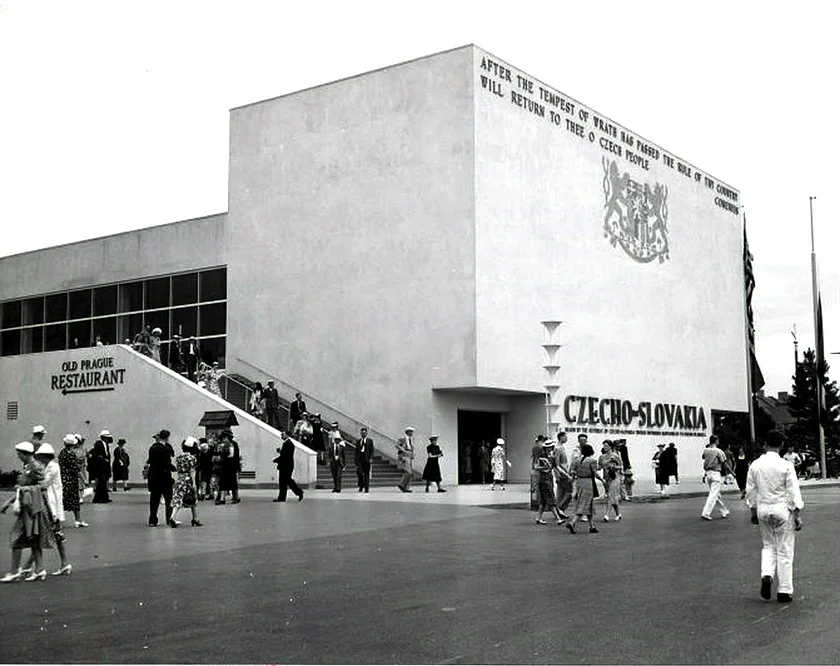
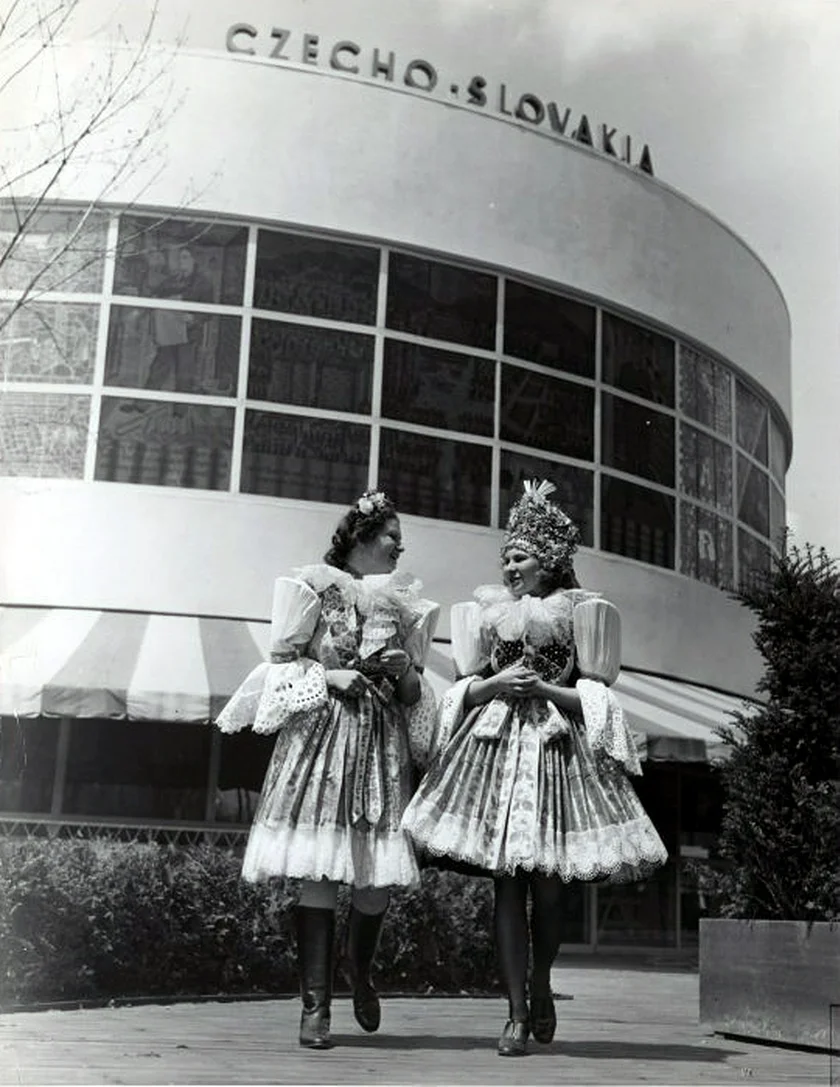
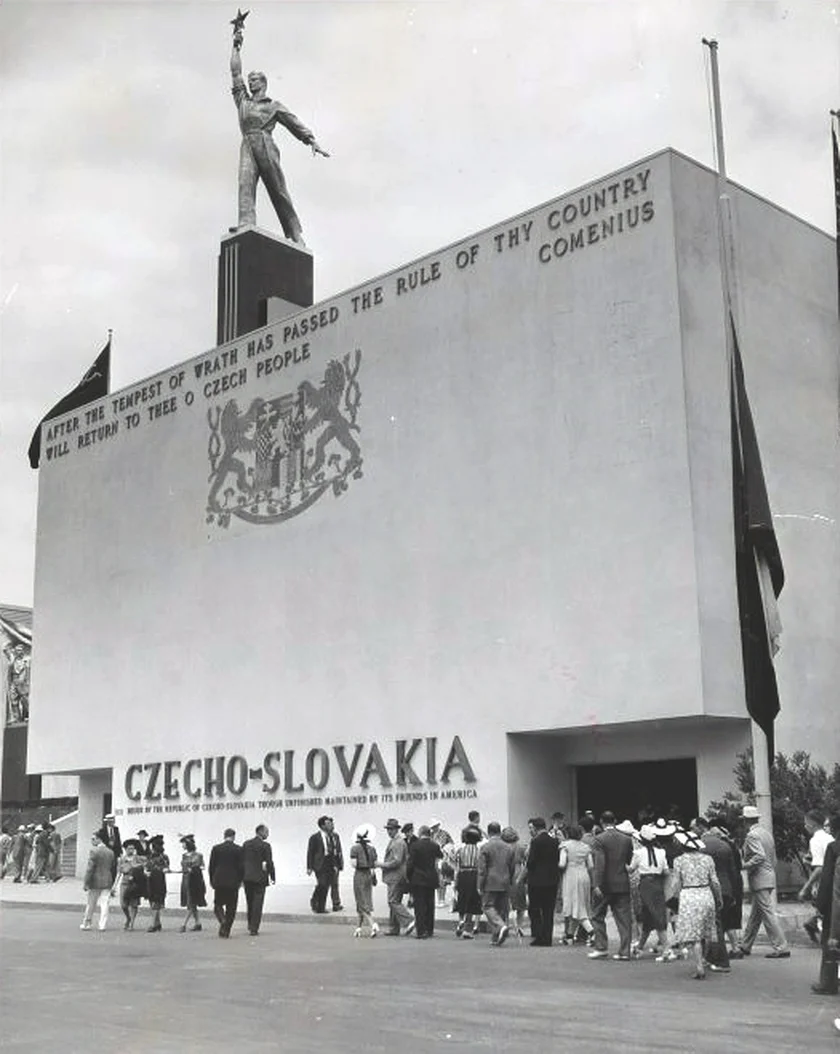
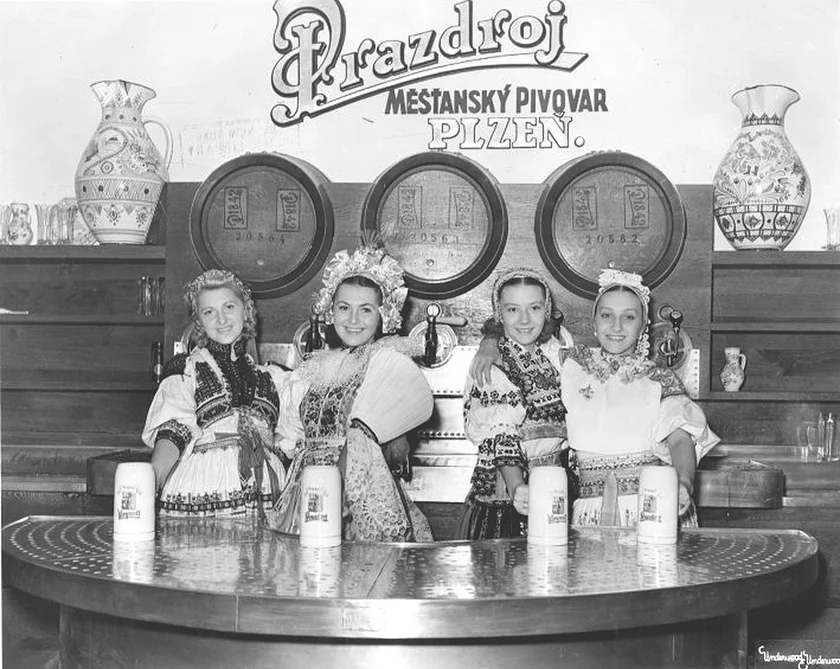
Expo 58, Brussels
Czechoslovak participation in Expo 58 was the country's most successful. The pavilion and the statue in front of it, New Age by sculptor Vincenc Makovský, won awards, as did several of the exhibits. Among other things, the Laterna Magika multimedia theater made its international debut.
A copy of the pavilion's statue is in front of the New Building of the National Museum in Prague, while the original is in Brno. The pavilion's curved metal and glass restaurant was moved to Prague after the expo ended and is now in Letná park where it serves as a gallery.
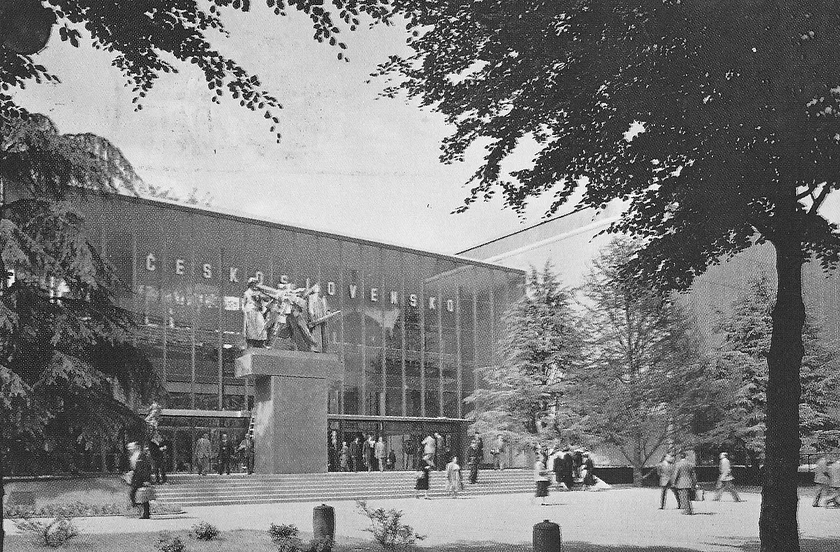
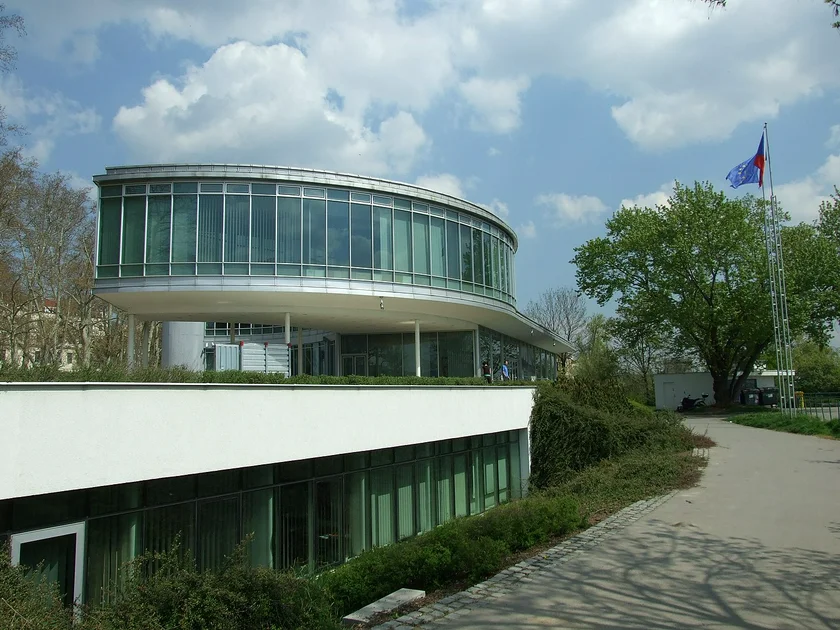
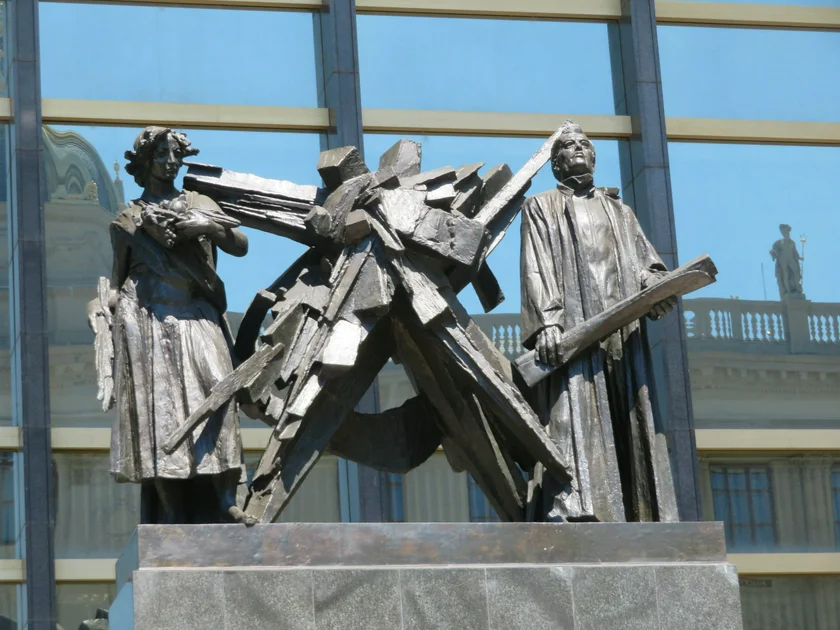
Expo 67, Montreal
The Czechoslovak Pavilion in Montreal was the fifth most visited in that expo. The interactive film "One Man and His House," where people vote on what will happen next, was a big hit. Other exhibits ranged from medieval paintings to modern technology.
After the Expo ended, the building was moved to the Canadian city of Grand Falls-Windsor, where it is now the Gordon Pinsent Centre for the Arts.
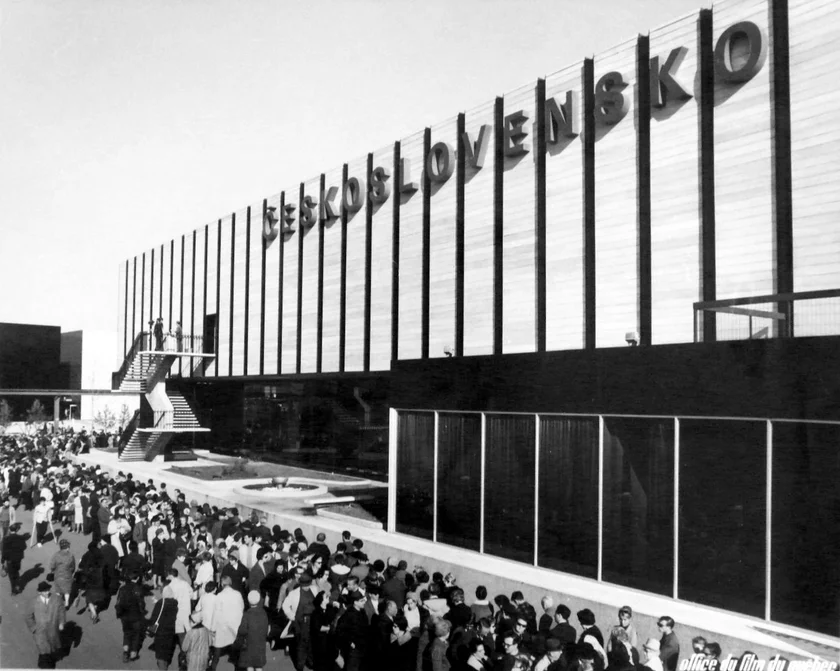
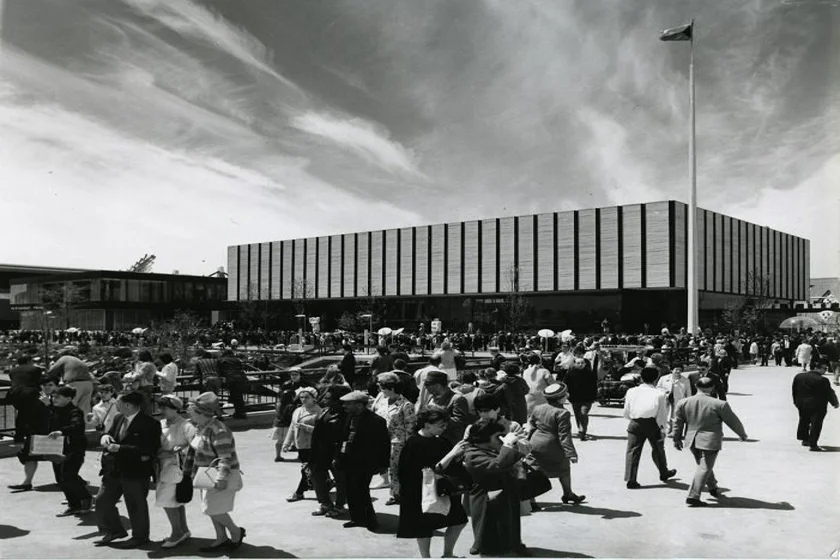
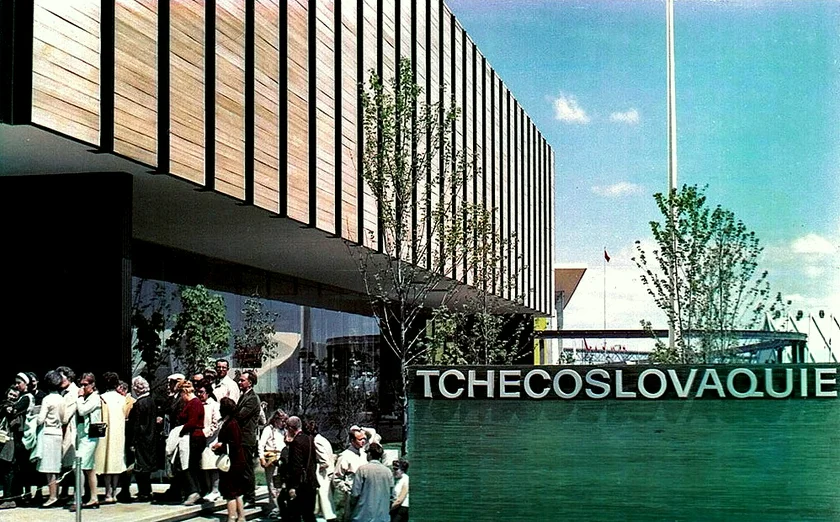
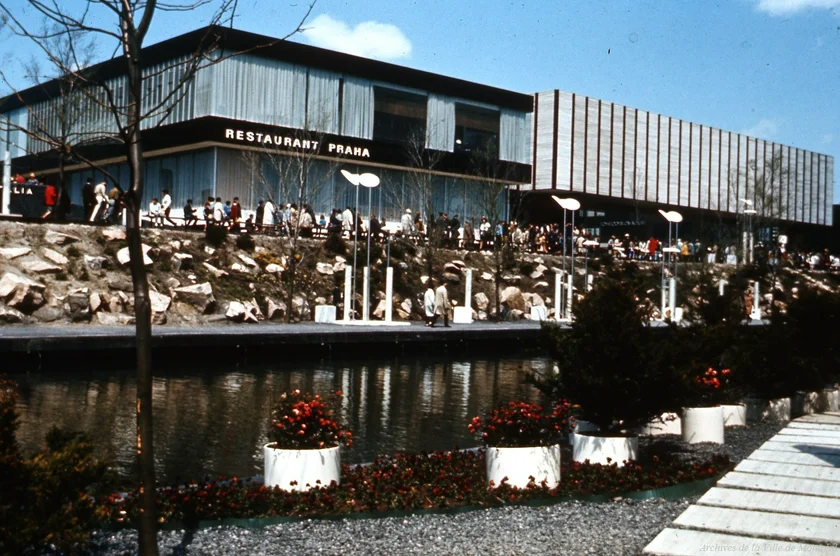
Expo 1992, Seville
The last Czechoslovak participation in a world's fair was in 1992 in Seville, Spain. The county would split at the start of the following year. The design was a retrospective of the country's history using architecture from the last decades, all the way to the 1930s.
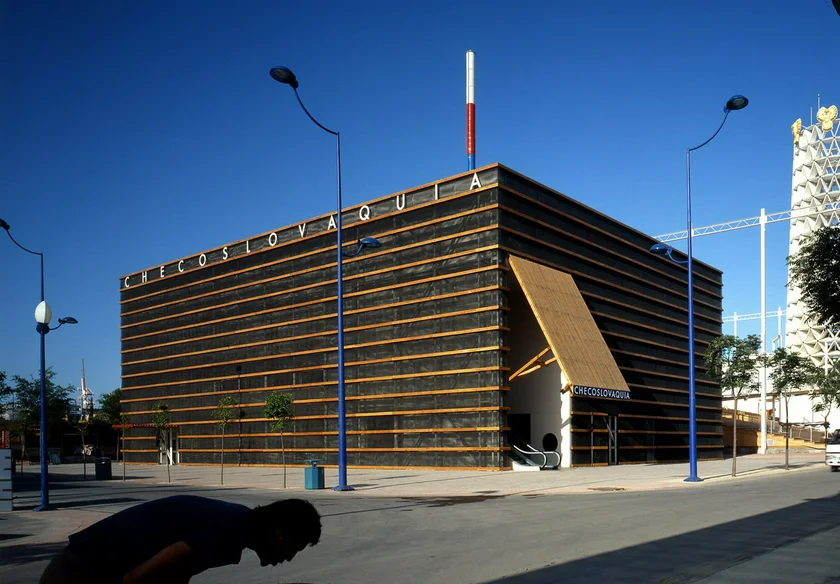
Expo 2000, Hannover
The wooden building fit in with the environmental themes of Expo 2000 and used common materials in new ways. Steel columns supported the processed wooden framework. The exhibits, though, were not a hit in part due to the use of copies of medieval artworks instead of the originals, which had been shown in Montreal in 1967.
After the expo ended, the building was sold to a German cosmetics company to use as its headquarters. This saved the Czech state the cost of dismantling it.
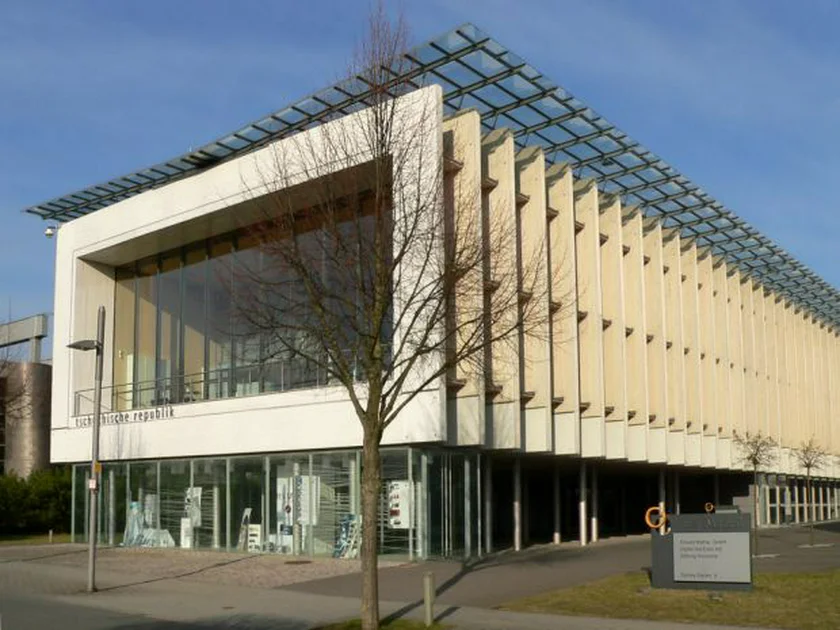
Expo 2020, Dubai
The most recent Czech participation in an expo was Expo 2020 in Dubai, which actually started in October 2021 due to the pandemic. The building was meant to invoke the idea of a garden in the desert and included sustainable technologies.
Over 1.3 million people visited the pavilion, which closed at the end of March 2022. Czechs won several awards for technology, including one for extracting water out of the air. The pavilion, though, did not score a prize.













 Reading time: 3 minutes
Reading time: 3 minutes 